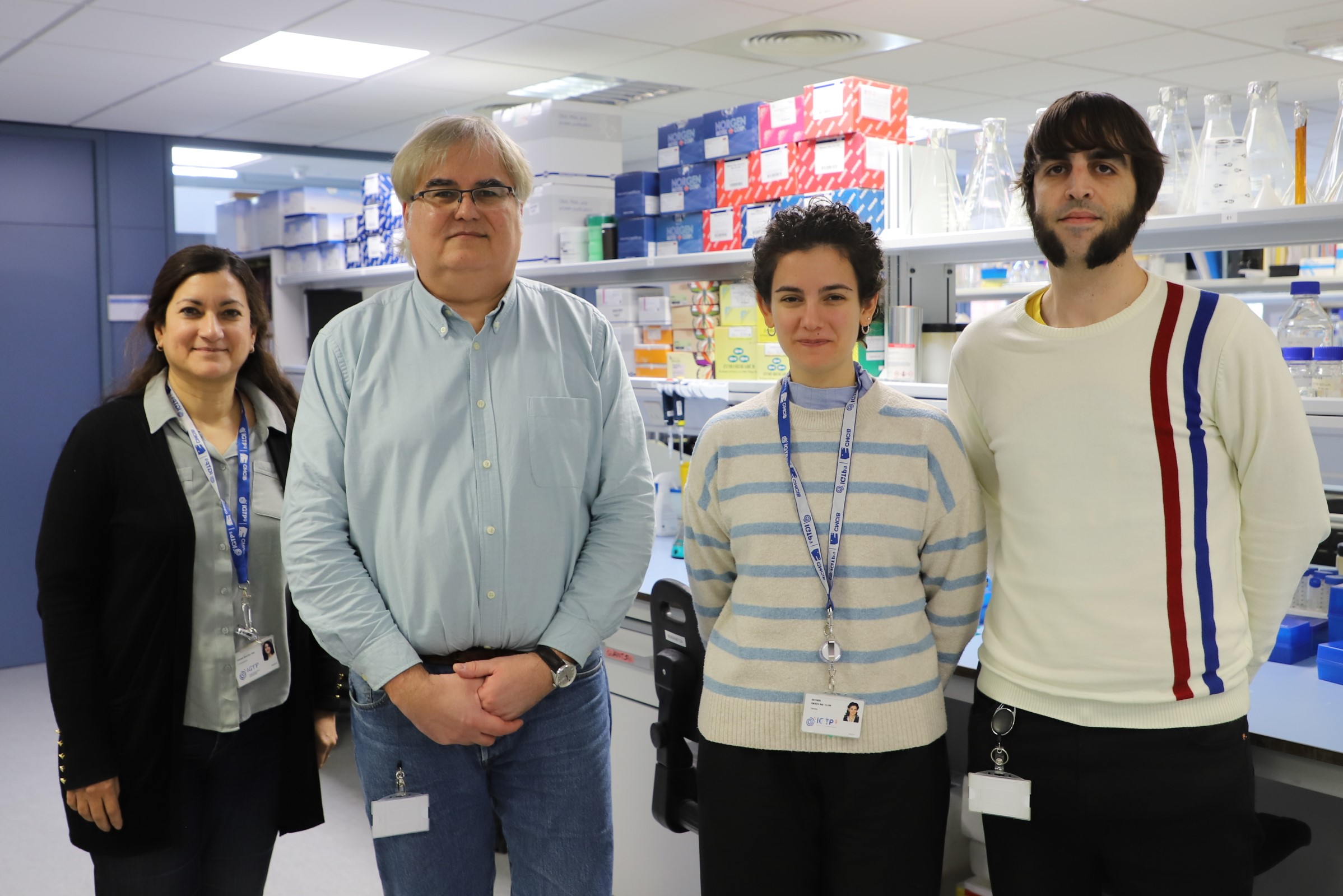Scientists use an innovative approach to provide relevant insights into a rare neurologic disorder

Researchers from the Germans Trias i Pujol Research Institute (IGTP) and the Barcelona Supercomputing Center-Centro Nacional de Supercomputación (BSC-CNS) have discovered new genetic mechanisms related to spinocerebellar ataxia type 37. Their research, published in the journal Human Genetics, employed advanced techniques such as CRISPR/Cas9 gene editing, real-time large DNA sequencing and machine learning. The study deepens our understanding of this inherited disease, leading to more precise diagnoses and improved genetic counselling for patients.
Spinocerebellar ataxia type 37 is a rare neurological disorder originally found in patients from the Iberian Peninsula. It starts in adulthood and gradually worsens, causing speech difficulties, imbalance and uncoordinated movements among other symptoms. Over time, this often results in increased mobility issues, and many individuals may need to use a wheelchair.
This condition was first described in 2013 by IGTP's Neurogenetics Group, led by Antoni Matilla. It stems from the degeneration of cerebellar neurons, triggered by a genetic mutation in the Disabled-1 (DAB1) gene. This mutation involves a complex repetitive DNA sequence that leads to the disruption of normal cerebellar function, central to controlling movement and balance.
Matilla's group has continued to study the disease and has now published a study in the journal Human Genetics with new insights into its genetic mechanisms, in collaboration with BSC-CNS. The team used, for the first time, gene editing with CRISPR/Cas9 and real-time nanopore sequencing, along with machine learning, to precisely analyse the DNA mutation causing spinocerebellar ataxia type 37. This innovative approach has led to a better understanding of how nearby DNA sequences and specific methylation sites impact the disease's symptoms.
"Our team has generated predictive models using machine learning, which define the genetic and clinical correlations of how the disease progresses and its severity. These models are instrumental in foreseeing how the condition might develop in patients, offering valuable insights for treatment and management" Matilla states. He adds that "We hope these findings will help provide more accurate diagnoses and better genetic counselling for patients with this type of ataxia".
The study also made a significant discovery: tracing the disease's mutation back to a common origin 859 years ago in the Iberian Peninsula by studying Spanish and Portuguese ataxia patients. This historical perspective adds a new dimension to our knowledge, underscoring the disease's longstanding presence in the region. However, Matilla does not rule out a possible non-European origin of the DNA mutation in this type of inherited ataxia since at that time the south of the Iberian Peninsula established important migration from the African continent.
Overall, this research represents a notable advance in determining the size and structure of the spinocerebellar ataxia type 37 mutation, essential for precise genetic diagnosis. The study uncovers important connections between genotype and phenotype and distinct cerebellar methylation patterns, which deepen our understanding of the underlying causes of the disease.
Reference
Sanchez-Flores M, Corral-Juan M, Gasch-Navalón E, Cirillo D, Sanchez I, Matilla-Dueñas A. Novel genotype-phenotype correlations, differential cerebellar allele-specific methylation, and a common origin of the (ATTTC)n insertion in spinocerebellar ataxia type 37. Hum Genet. 2024 Feb 23. DOI: 10.1007/s00439-024-02644-7.
